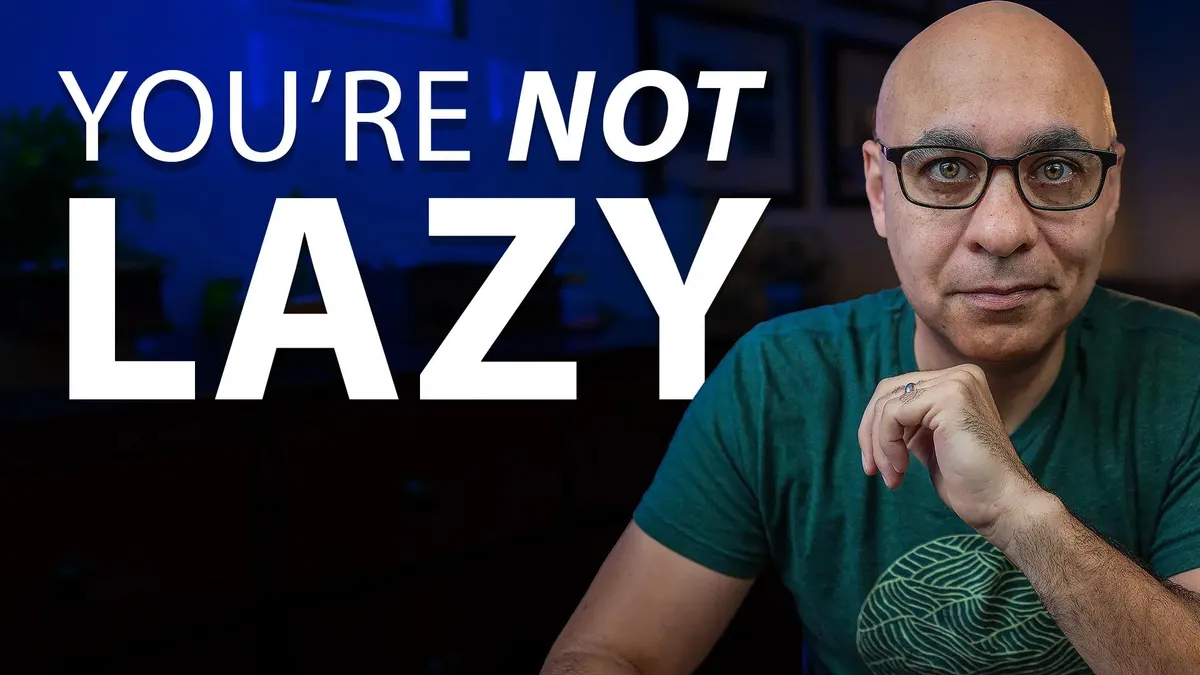How Impostor Syndrome Stops Talented Professionals from Taking the Lead
You feel like a fraud when considering a bigger role, despite your success. That's impostor syndrome. Learn why it targets high-achievers and how to act.
Read ArticleBy Art Harrison • July 2, 2025
If you only act when you feel motivated, you'll never be consistent. Success comes from building a system for action, not waiting for inspiration.

You wake up Monday morning feeling unstoppable. You're going to finally tackle that ambitious project, update your professional portfolio, and make those important networking calls. You're motivated, focused, and ready.
By Wednesday, you're back to scrolling through emails and putting out fires. The big goals are pushed to "next week." You blame your motivation. "I must not want it badly enough." "I'm just not disciplined."
But you're diagnosing the wrong problem. Your motivation isn't broken—your system for converting intention into action is.
Motivation is an emotion, and emotions are temporary. Building your career on motivation is like building a house on sand—it works great when conditions are perfect, but it crumbles the moment things get difficult.
I see this pattern constantly: professionals who are incredibly motivated for a week or two, make significant progress, then hit their first real obstacle and completely stop. They're waiting for motivation to return before they continue working. Meanwhile, their less-motivated competitors are making steady progress because they have systems that work regardless of how they feel on any given day.
The most successful people have learned this early: you can't wait for the feeling before taking the action. You have to take the action that creates the feeling. This is a core tenet for anyone Building Confidence to Act Despite Uncertainty.
Instead of depending on motivation, successful professionals depend on systems—predictable processes that produce results regardless of their emotional state. Here's how to build them.
Identify the smallest possible action that still moves you forward on your goal. On unmotivated days, you only have to do this minimum. On motivated days, you can do more, but you're never allowed to do less.
Goal: Get a promotion. MVA: Spend 15 minutes each day contributing to a high-visibility project.
Goal: Build a professional network. MVA: Send one thoughtful connection request or email per day.
Make the right actions easier and the wrong actions harder. If your goal is to write a thought leadership article, block out the first 30 minutes of your day for writing before you open your email. Close all other tabs. Put your phone in another room. Reduce the friction to starting.
Create decision-making frameworks that work whether you feel confident or scared. For example, if you are Taking Action Despite Fear of networking, your rule might be: "If it is Tuesday or Thursday, I will attend one industry webinar or reach out to one new person on LinkedIn." The decision is pre-made, so your feelings in the moment don't matter.
The goal isn't to eliminate motivation—it's to make progress independent of it.
Pillar 1: Identity-Based Action. Instead of "I want to become a leader," think "I am someone who takes initiative on my team." Your identity drives your behavior more consistently than your goals do.
Pillar 2: Process Over Outcomes. Focus on what you can control (your actions) rather than what you can't (the results). You can't control if your project gets approved, but you can control whether you prepare and deliver an excellent proposal.
Pillar 3: The Power of the Streak. Track consecutive days of action, not cumulative results. Your goal becomes maintaining the streak, which is within your control. Missing one day is a slip; missing two is the start of a new, undesirable habit.
Pillar 4: Implementation Intentions. Instead of a vague goal like "I'll work on my presentation," create a specific if-then plan: "If it is 3:00 PM, then I will outline three slides for my presentation."
The professionals who succeed aren't the most motivated—they're the most systematic. They've learned that action creates motivation, not the other way around. Stop waiting for the feeling. Start building the system.
---
Building a system for consistent action is a core part of the FSTEP method. To practice this with guidance and accountability, learn more about the 6-week FSTEP program.
Start building your own action-taking system today with our free 5-Day Action Challenge.
Stop planning and start building. Take the first step toward turning your ideas into reality.